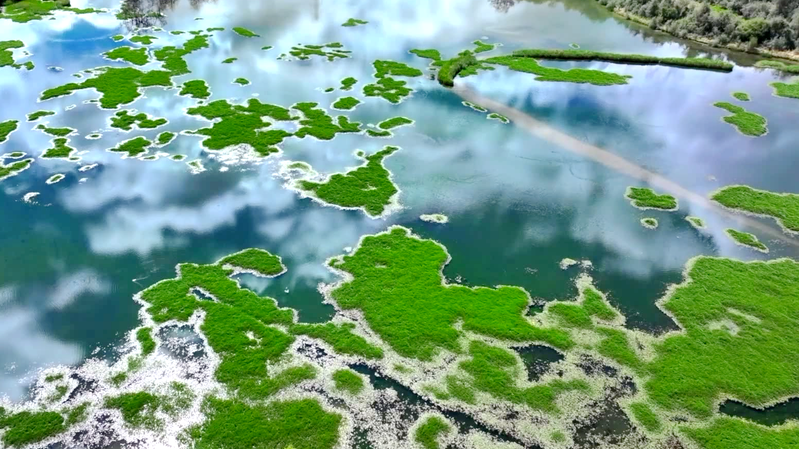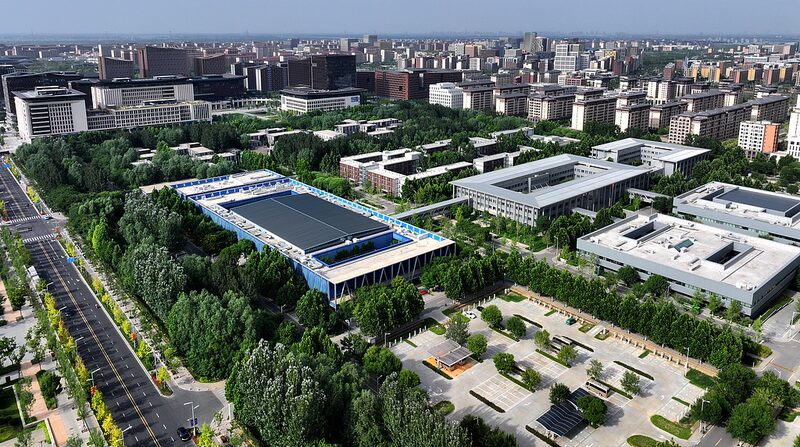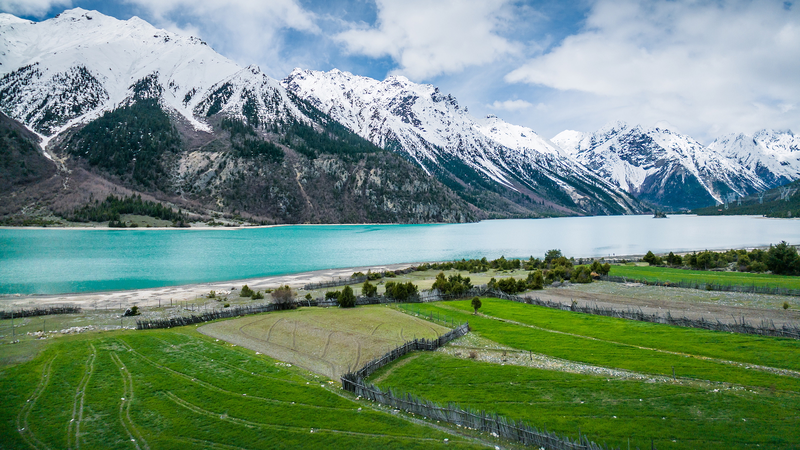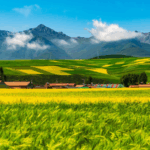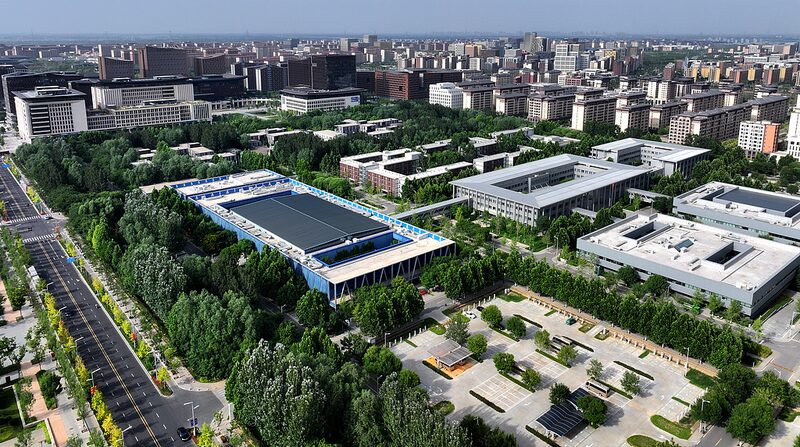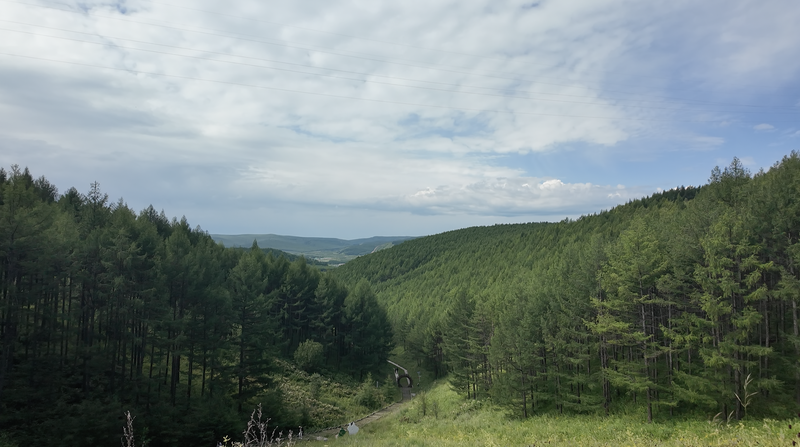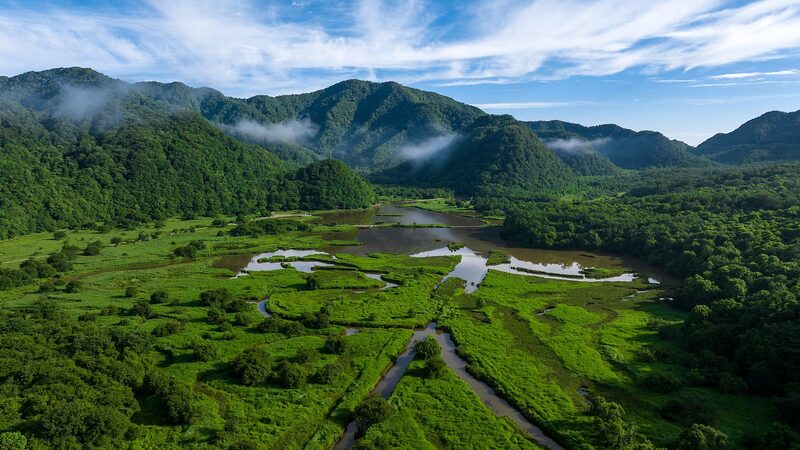High on the Qinghai-Xizang Plateau, researchers are decoding the mysteries of the Lalu Wetland – a 1,300-hectare ecological marvel sustaining biodiversity and balancing Lhasa's climate. Known as the "Lungs of Lhasa," this fragile alpine ecosystem is now at the forefront of cutting-edge conservation science.
Using satellite imaging and microbial analysis, scientists have identified unique carbon sequestration patterns in the wetland's peat layers. "This isn't just about preservation – it's about understanding climate resilience," explains Dr. Tenzin Wangmo, lead researcher at the Plateau Ecology Institute. Her team's findings could inform wetland management strategies across Asia's high-altitude regions.
The research holds significance for multiple sectors: investors eyeing sustainable infrastructure projects, policymakers addressing climate challenges, and environmentalists working to protect Asia's vital water towers. With 23 endangered species and 130 migratory bird varieties relying on Lalu, the wetland's health serves as a barometer for regional ecological stability.
As global temperatures rise, such studies gain urgency. The Chinese Academy of Sciences recently partnered with Himalayan universities to expand monitoring systems, combining traditional knowledge with AI-driven modeling. For travelers, new eco-trails offer responsible access to this Ramsar-protected site, blending cultural heritage with environmental education.
Reference(s):
cgtn.com
